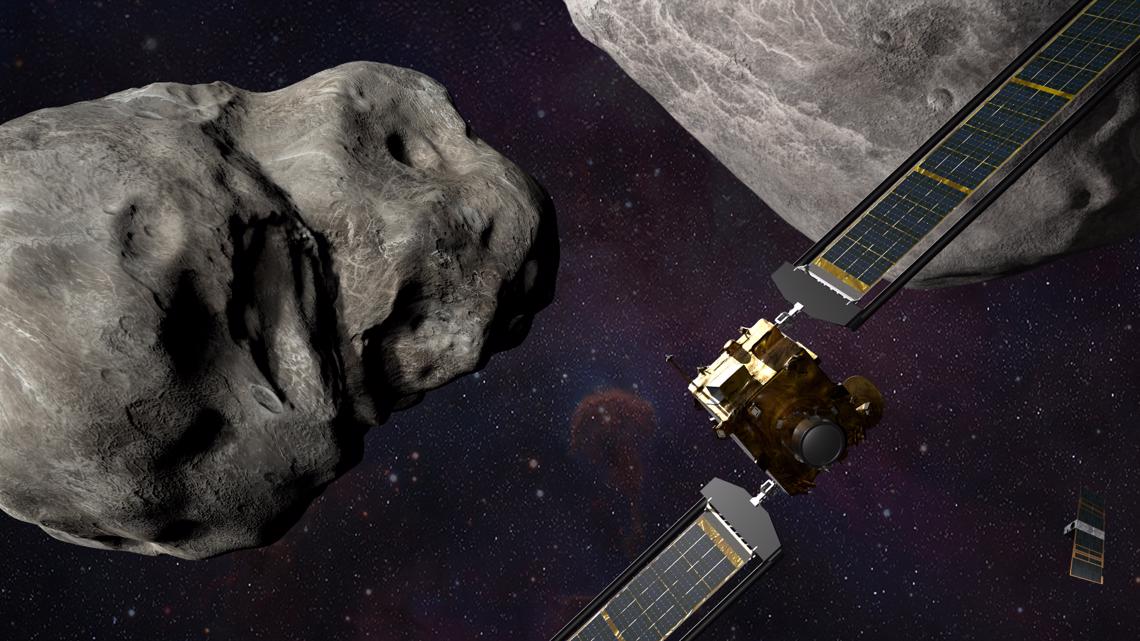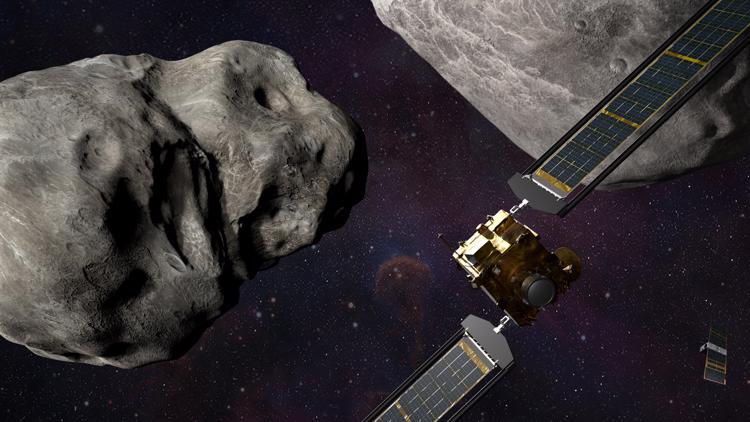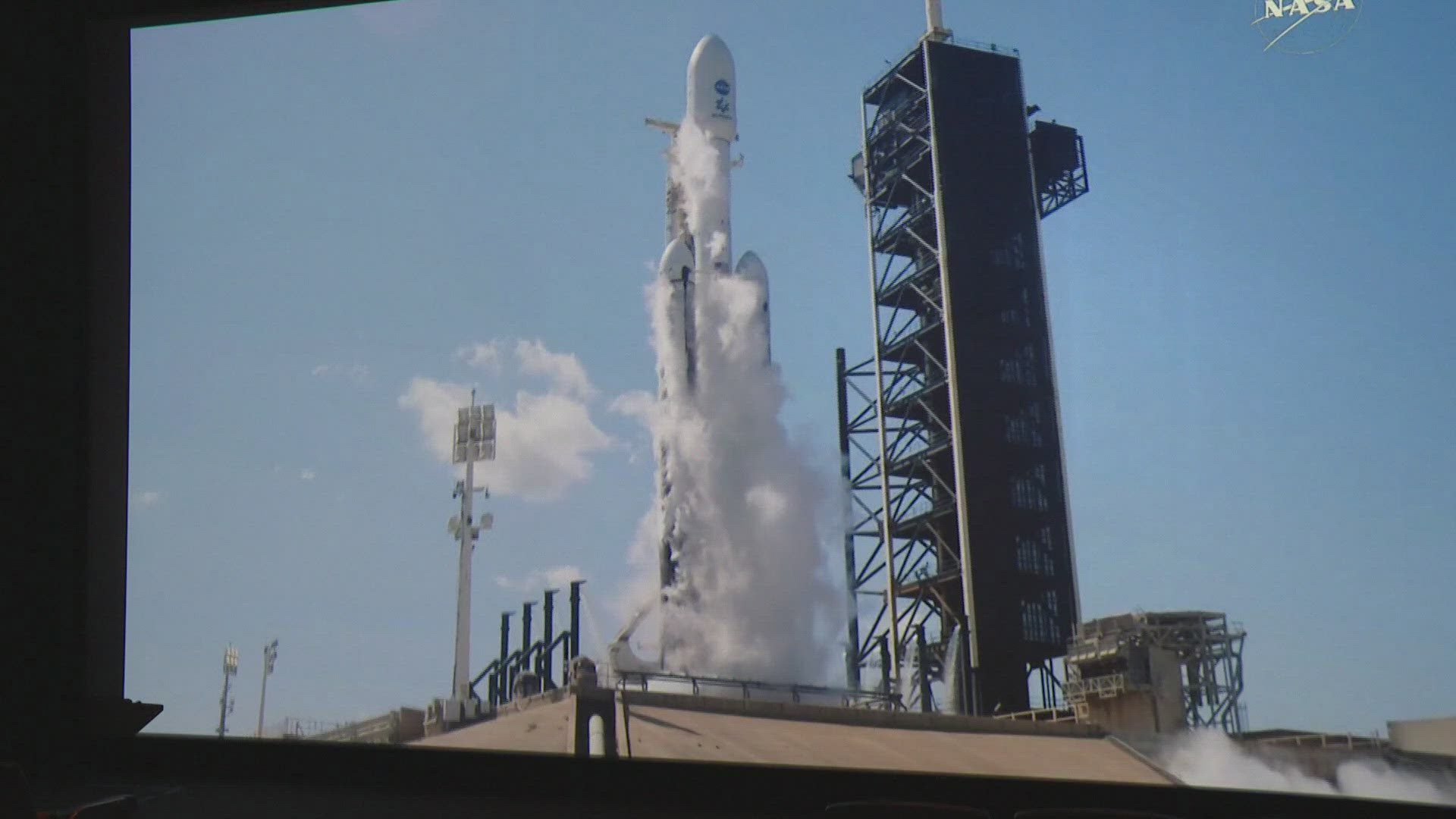FLAGSTAFF, Ariz. — It sounds straight out of a movie: NASA is launching a spaceship to crash into and redirect an asteroid.
Dart (short for Double Asteroid Redirection Test) is an experimental spacecraft that could open up new frontiers for protecting our planet. One of the most important parts of that experiment is happening right here in Arizona.
Dr. Cristina Thomas is an assistant professor at Northern Arizona University, and she's the project lead of the Observations Working Group for NASA's Dart Mission.
As for the mission, "it's a very long way of saying that we're going to ram our spacecraft directly into this moon to try to change its trajectory," Thomas said.
Her team is coordinating with observatories and telescopes around the world to monitor the impacted asteroid in the coming months and find out if the experiment was a success.
"We're destroying our spacecraft," Thomas said of Dart. "So we have to have a way to follow up and see how successful the mission was.
"Specifically, that's going to come from a measurement of how much we changed the orbital period."
They'll be using telescopes on all seven continents, but one of the most important ones is right here in Arizona.
>> Download the 12News app for the latest local breaking news straight to your phone.
The Lowell Discovery Telescope (L.D.T.) was built in a dark sky site near Happy Jack, which is about 40 miles south of Flagstaff.
Thomas said researchers have been making use of the L.D.T to keep track of Dimorphos – the asteroid that Dart is set to crash into – since 2015. With its powerful camera and sight, her team will be using the telescope to monitor the asteroid as its orbit takes it further away from Earth in the coming months.
"The Lowell Discovery Telescope might not be the biggest, but it's been a huge contributor really punching above its weight when it comes to putting all of these pieces together."


It will still be a few months before NASA knows how successful Dart's crash landing was in adjusting the asteroid's orbit. During that time, Thomas's team will be calculating how much the orbit changes based on changes in how bright the asteroid looks to us.
"What we're doing is looking at the variations in the brightness of that target over time," She explained. "If you cause a shadow by putting one in front of or behind the other, then that causes a little bit of a dip in brightness[...] And those dips tell us where the moon is at any given time. And we can use that as a clock to put the orbital period back together."
The change that her team observes is what's going to tell NASA if crashing a spaceship into an asteroid is the way to go when it comes to keeping our planet safe.
Thomas said this asteroid poses no threat to Earth, and its orbit is very well recorded. That means it's a great target for testing some borderline sci-fi techniques.
The Observation Work Group will be observing the asteroid for the next six months, and Thomas said she expects some exciting answers within the next few weeks.
WE ❤ ARIZONA
Explore amAZing people, places and things across our state on our 12 News YouTube playlist here.


